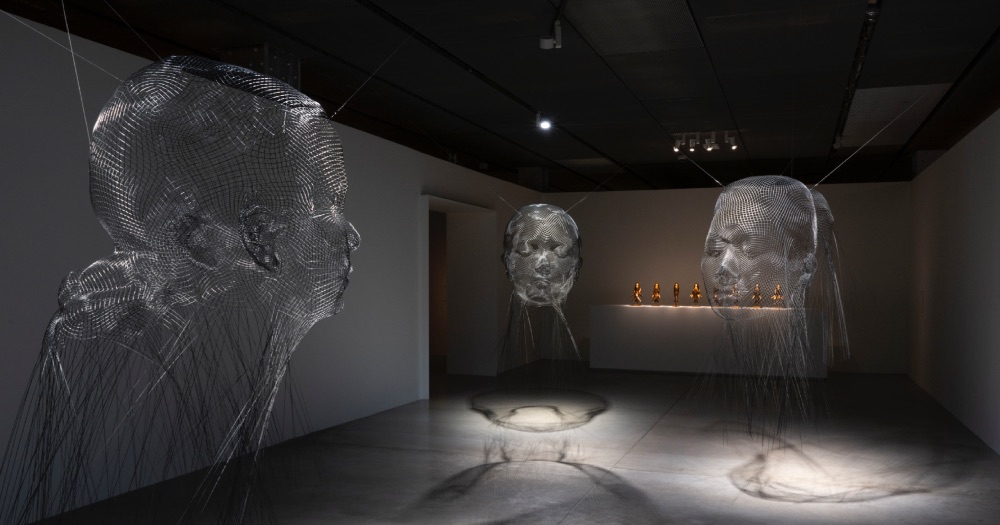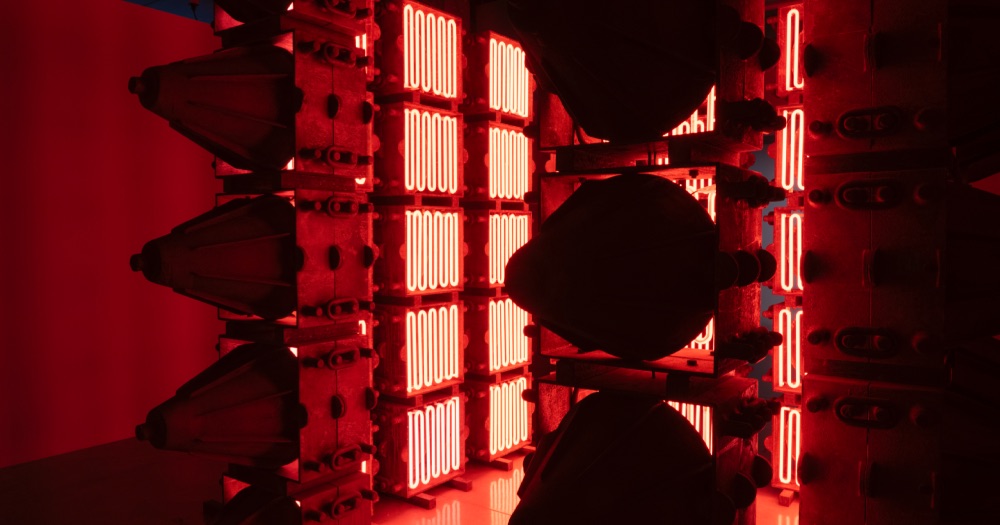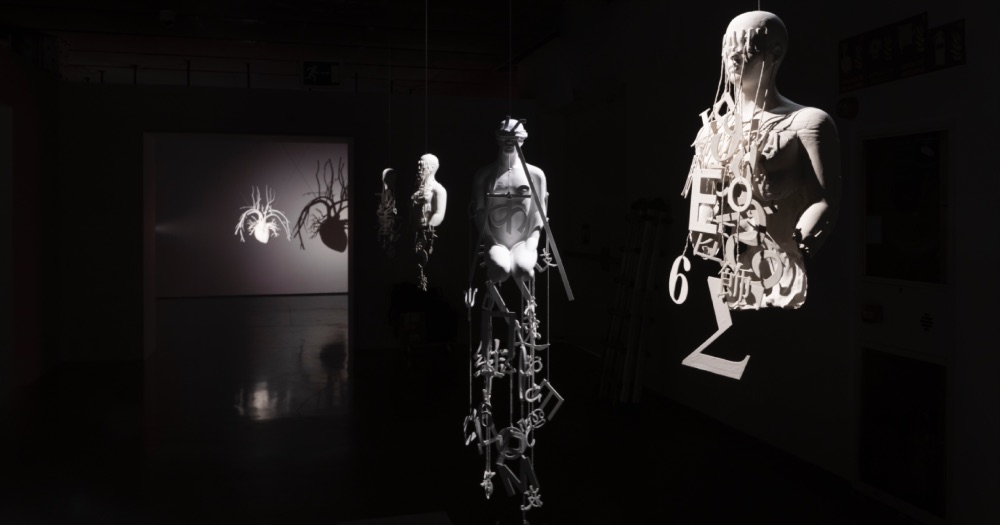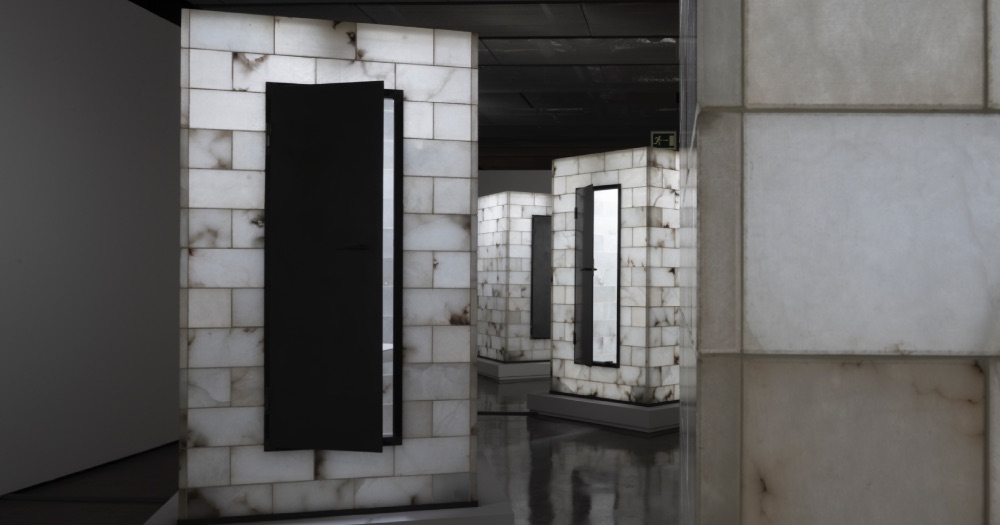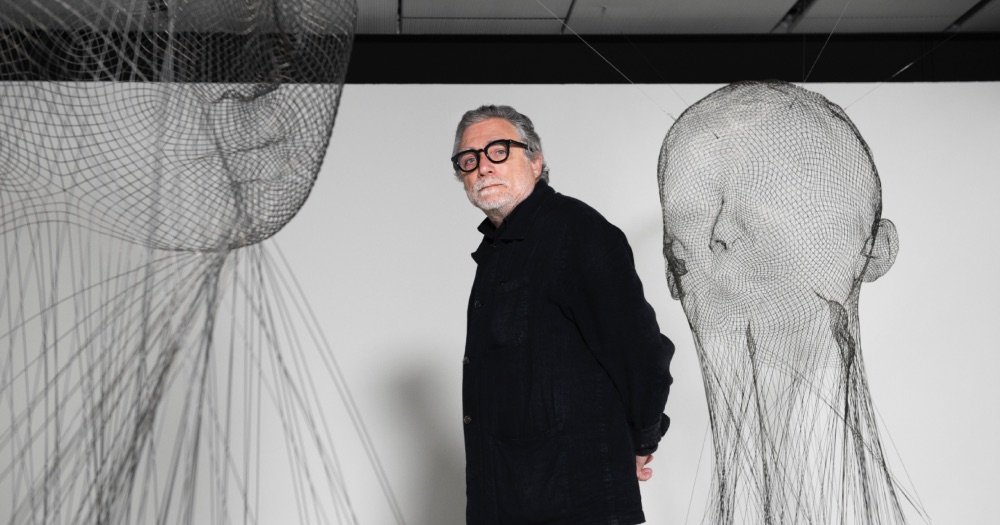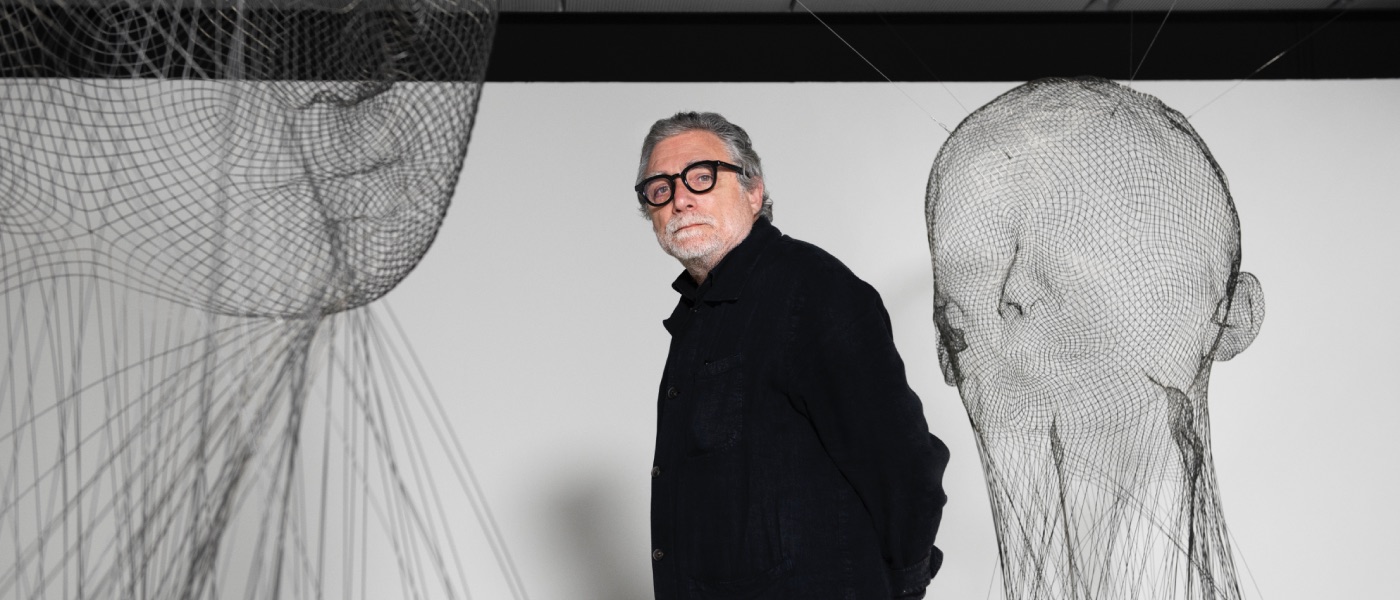
After more than two decades since the last solo show dedicated to Jaume Plensa in Madrid, Espacio Fundación Telefónica presents an exhibition that gathers fifteen works by the artist. ‘Jaume Plensa. Inner Matter’ can be seen on the 3rd floor, from 17 October 2024 to 7 September 2025.
After more than two decades since the last solo show dedicated to Jaume Plensa in Madrid, Espacio Fundación Telefónica presents an exhibition that gathers fifteen works by the artist. ‘Jaume Plensa. Inner Matter’ can be seen on the 3rd floor, from 17 October 2024 to 7 September 2025.
The exhibition covers more than 30 years of the Catalan artist’s career, from the early 1990s to the present day, and explores from different perspectives the profound reflection on the human condition that runs through his entire body of work. By means of abstract and conceptual expressions in his early works, to more figurative and sensual representations in his most recent proposals, the selection of fifteen pieces delves into recurring themes of his artistic universe such as identity, the fragility of the human condition, the ephemeral, spirituality, silence, communication and language.
The documentary film ¿Puedes oírme? [Can you hear me?] (2020) by Pedro Ballesteros, about his creative process, his personality and his work philosophy, together with a mural photograph of his studio entitled Landscape of Jaume Plensa (2018) and the model of Iris (2024), give the first welcoming touches to the exhibition. They are followed by Self-Portrait, (72 kg) (1993) and the three etchings Self-Portrait I, II and III (1998), in which the artist gathers data on his body weight and physical build at a specific moment in his life, thereby generating a metaphor about identity, physical presence and the relationship between the body and the environment. Concepts that he also explores in the sculptural series Silence (2016) where, through seven female faces arranged on wooden beams, he evokes the diversity and similarities of human identity, and asks us to reflect on who we are as individuals and as part of a wider community.
Continuing with the notions of body and identity, we find Love Sounds (1998), an installation made up of five alabaster booths in which Plensa recreates the sound of his blood flow, encouraging visitors to discover the sound of their own body; and Invisibles (2016), where he represents the metamorphosis of the human being with three unfinished faces, made of steel mesh, which appear suspended in the air, pierced by light and stopped in time. These faces are joined by the iconic female sculptures with closed eyes, Maria (2018) and Rui Rui’s Words (2021), where the artist delves into the beauty and inner world of the human being, in a call for contemplation and introspection.
Recognised as one of the most important voices on the current art scene, Plensa has received numerous awards, including the National Prize for Plastic Arts (Spain), the Velázquez Prize for Plastic Arts (Spain) and the Chevalier Medal of the Order of Arts and Letters awarded by the French Ministry of Culture.
He is known for his monumental sculptures and his innovative use of materials such as iron, glass, stainless steel, alabaster and resin. His work forms part of some of the most prestigious international collections and is regularly exhibited in museums and public spaces around the world. The Palacio de Velázquez, the Museo Nacional Centro de Arte Reina Sofía and the Instituto Valenciano de Arte Moderno have hosted some of the artist’s previous exhibitions in Spain.





